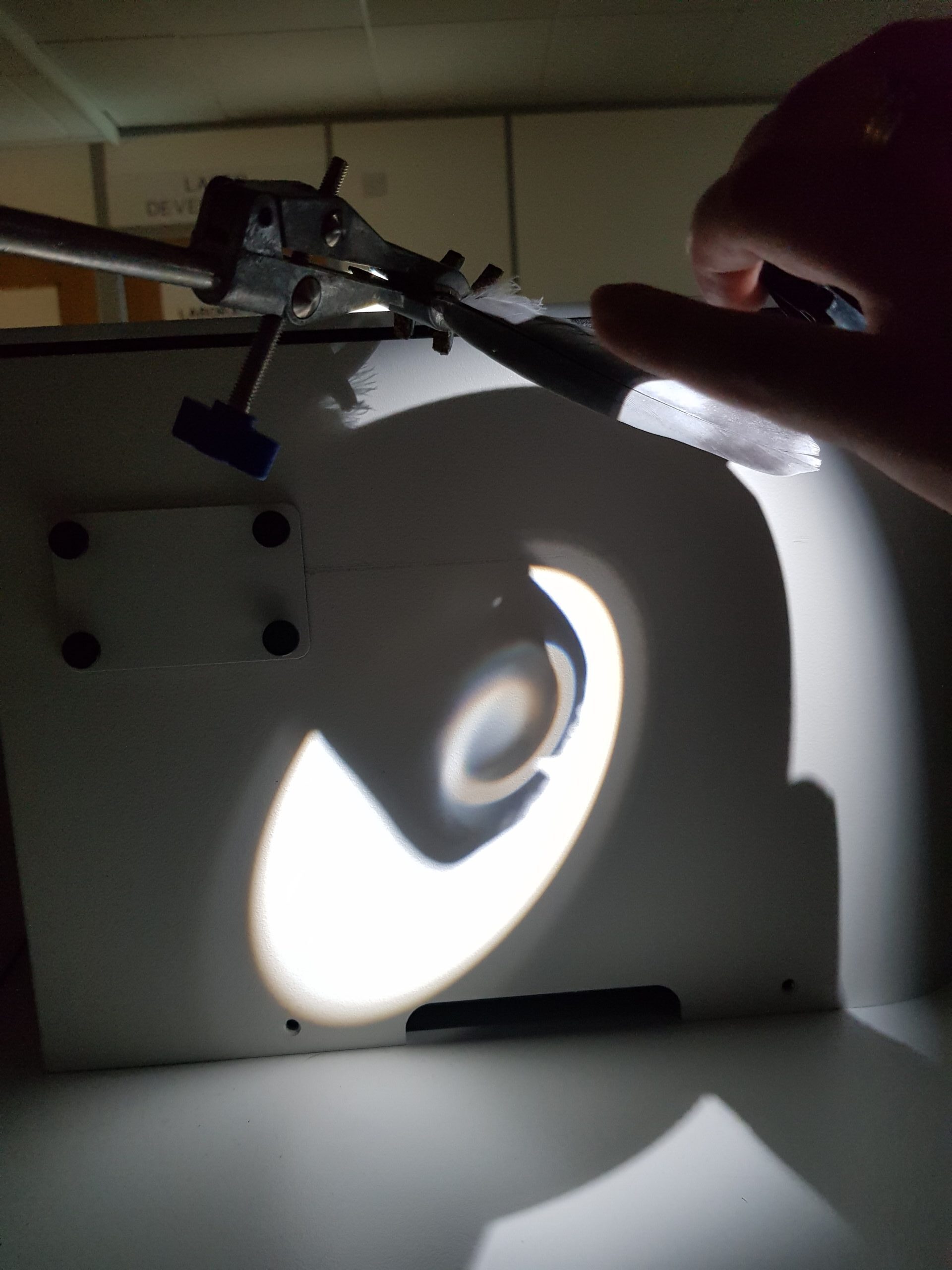Welcome to the latest instalment of “Science Explained!” where we take you through some fascinating scientific concepts and experiments and break them down for everyone to understand.
In this blog, we are discussing diffraction gratings – what they are, what they do and why they are useful.
We’ll also outline how you can make your own diffraction grating at home to prove how they work!
A diffraction grating is a piece of equipment that separates light into its constituent wavelengths (colours). It works similarly to a prism, but with a slightly different mechanism.
Most people are familiar with how a rainbow appears when light shines through a prism, just like seeing a rainbow when the sunlight travels through raindrops. This occurs because light bends, through the prism, with different wavelengths travelling at different speeds. This splits white light into its individual colours.
With a diffraction grating, light will travel toward the grating and be diffracted by the grooves. The light will then bend and split into its constituent colours that correspond to a particular wavelength.
In a spectrometer, a diffraction grating is used to split light from a polychromatic light source (like white light, similar to sunlight) into its constituent wavelengths (the rainbow). The diffraction grating is split into lines that cause the light to bounce off in a different direction. It can rotate to choose your wavelength by bouncing different parts of the wave to make them interact constructively or destructively, so only the desired portion of light shines through the exit slit. This allows scientists to select which wavelength of light they want to use to excite their sample.
You can learn more about how spectrometers work in our blog: What is a Spectrometer?
At home, you can make your own diffraction grating to demonstrate how the ones inside a spectrometer work using only a few simple resources.
You will need:
A bright broadband light source – like a phone torch
Bird feather
White background to project on to
This experiment replicates the first ever reported diffraction grating, as discovered by Scottish physicists James Gregory. Gregory used the feather of a bird (some sources site a sea bird, but that has never been confirmed) to split a beam of light into a rainbow.
To perform this experiment, all you have to do is hold the feather between the light source and a blank screen. For the best results, you should make the room as dark as possible by switching off lights and using window covers. You should see a pattern where the light is diffracted by the barbs of the feather and split into different wavelengths. Depending on the feather type and space between the barbs of the feather, the pattern might change. Our experiment used a feather with very tight barbs, so we used a lens to focus our light source onto the feather, lighting up the flared edges of the feather. Here are some photos of our attempts in the lab:


Diffraction gratings in spectrometers work the same way. However, after the light has been diffracted by the gratings an exit slit allows just one wavelength of light to shine onto the sample, blocking the rest of them.
So, there you have it! Have you tried to make your own diffraction grating? Send us you pictures or videos on social media – LinkedIn, Facebook, X.